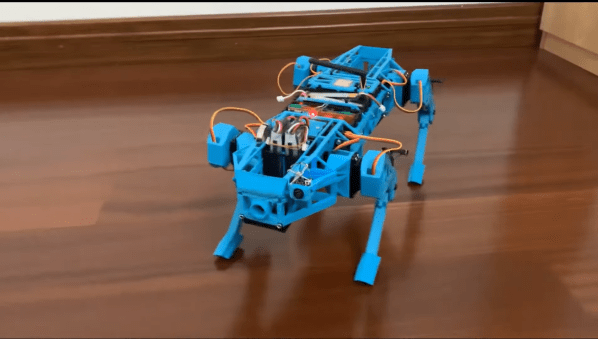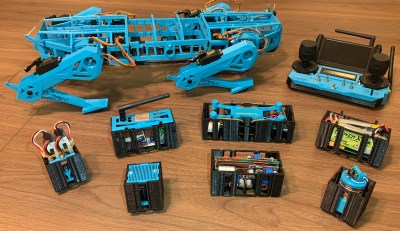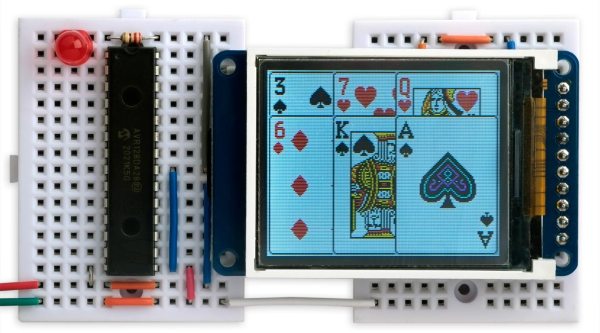If you missed the Chumby, we’re sorry. They were relatively inexpensive Linux appliances that acted as a clock, Internet radio, and feed reader. The company went belly up, although there was some functionality remaining thanks to one of the founders and now, for a subscription fee, you can still keep your Chumby operating. However, [Doug Brown] bought one with the goal of using it for his own applications. But the 2.6.28 kernel is showing its age. So he decided to push a new kernel on the device.
If you are a Chumby enthusiast, don’t get too excited. The goal isn’t to provide the existing Chumby apps with a new kernel, [Doug] says that’s probably impossible. Instead, he wants a modern booting infrastructure and kernel on the device for his own software.




 The program is known as TwinkleFOX, and relies on the popular
The program is known as TwinkleFOX, and relies on the popular 














